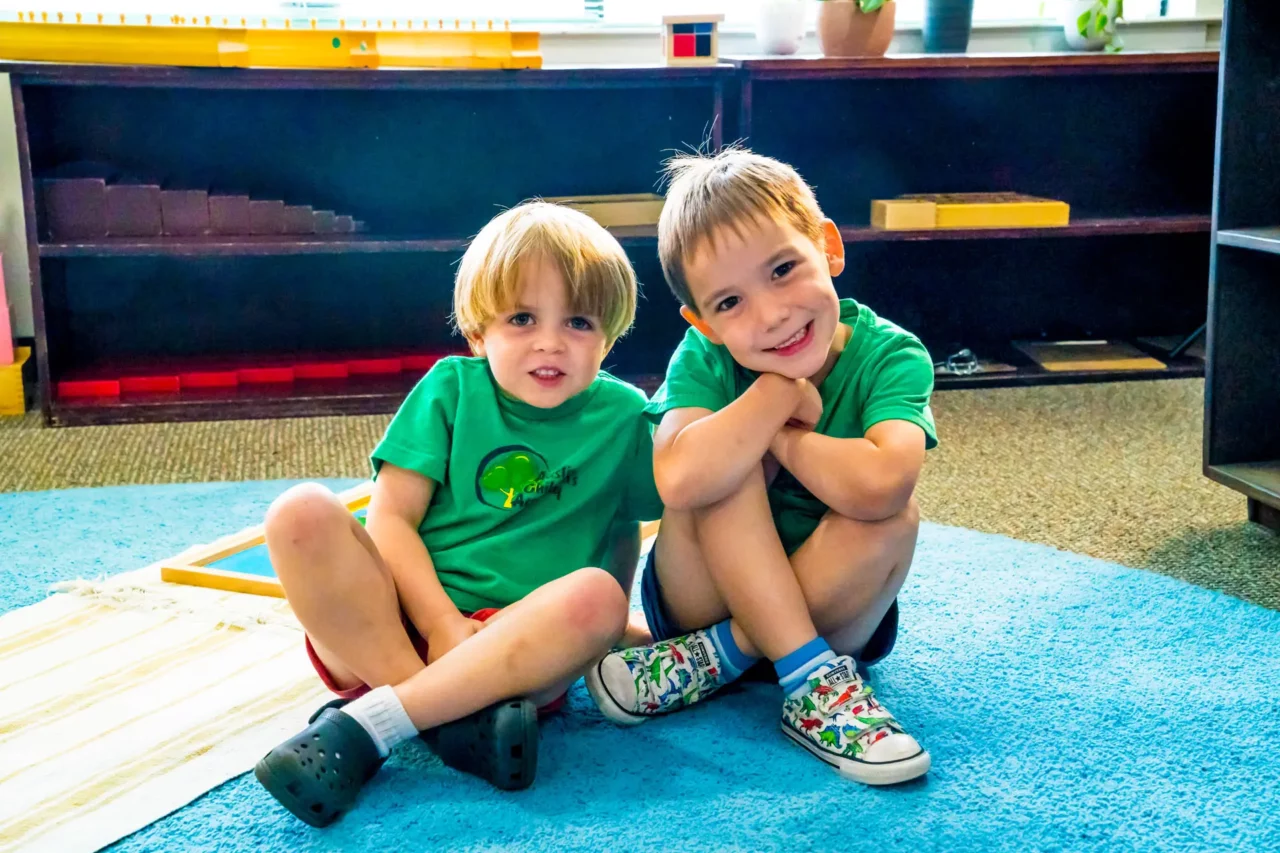
If you haven’t heard of fidget spinners or their like, these are a class of toys originally meant to help children with ADD or ADHD focus better but now have become a bona fide toy craze. In fact, the Fidget Spinner fad of 2017 has opened up a whole new category of popular “stim” toys such as the Koosh Ball, Crazy Aaron’s Thinking Putty, and the Infinity Cube which are now whirling and spinning in the hands of kids nationwide.
But are stim toys really a good idea?
What Are Stim Toys?
Stim stands for “stimulation,” which perfectly describes these often-spinning gadgets festooned with smooth silver balls, seesaw-like clickers, multiple buttons, toothed gears, and even, sometimes, lights and music. They provide in the palm of your hand plenty of sensory stimulation.
Many people fidget. It’s a common way to use up excess energy from nervousness, anxiety, or just high energy. For kids with ADD or ADHD, it’s particularly difficult to sit in one place and concentrate for an extended period of time. In theory, “stim” toys help them expend some of their excess energy, which helps them stay calm and focus better.
The idea behind the wide distribution of the fidget spinner (other than pure fun) is the idea that stim toys might be one way to get mildly fidgety children to focus, too, particularly in the classroom.
Stimulating Controversy In The Classroom
There have been no short- or long-term studies on the effect of stim toys on any class of children, even children with ADD or ADHD, which can definitively say the gadgets are beneficial–or not. The lack of scientific research means that most of the positive effects claimed are anecdotal.
Yet dozens of schools, from Chicago to Indiana and Brooklyn to Great Britain, have already banned fidget spinners, calling them a classroom bane. These stim toys get played with, awed and admired, and most distractedly, thrown around. Competitions and games pull children away from the work they should be doing.
Some teachers hate the gadgets. Yet others don’t.
Special Education Classrooms
Some special education teachers have seen a great benefit from allowing stim toys in their classroom, as long as they’re used within certain parameters. They’ve noticed that some kids on the autism spectrum have been able to sit still, focus, and even write while handling the gadgets.
The importance, many say, lies in the parameters. Any element of a stim toy that might distract others–such as music and lights–are generally banned. Most of all, there’s no throwing allowed.
Anecdotal information suggests stim toys may be a good idea for some children, but not for all. As in any classroom situation, it’s probably best to check with your child’s school first. If you’ve seen positive results in your child’s behavior and focus after he or she uses a stim toy, be sure to share the specifics with the teacher.





